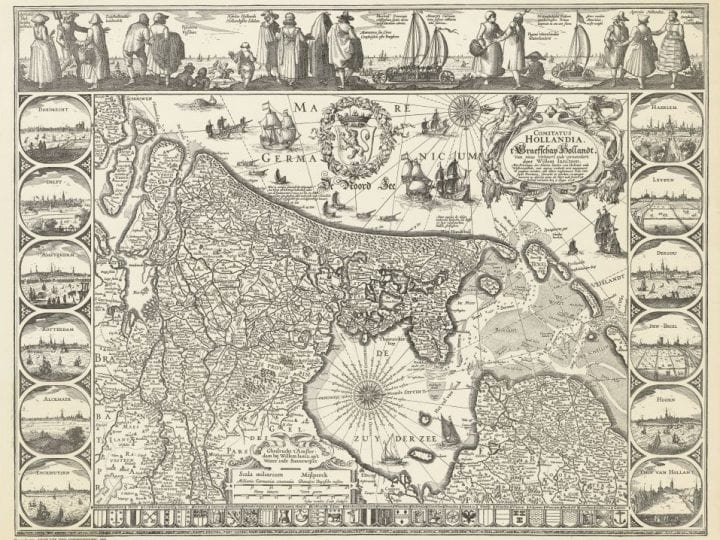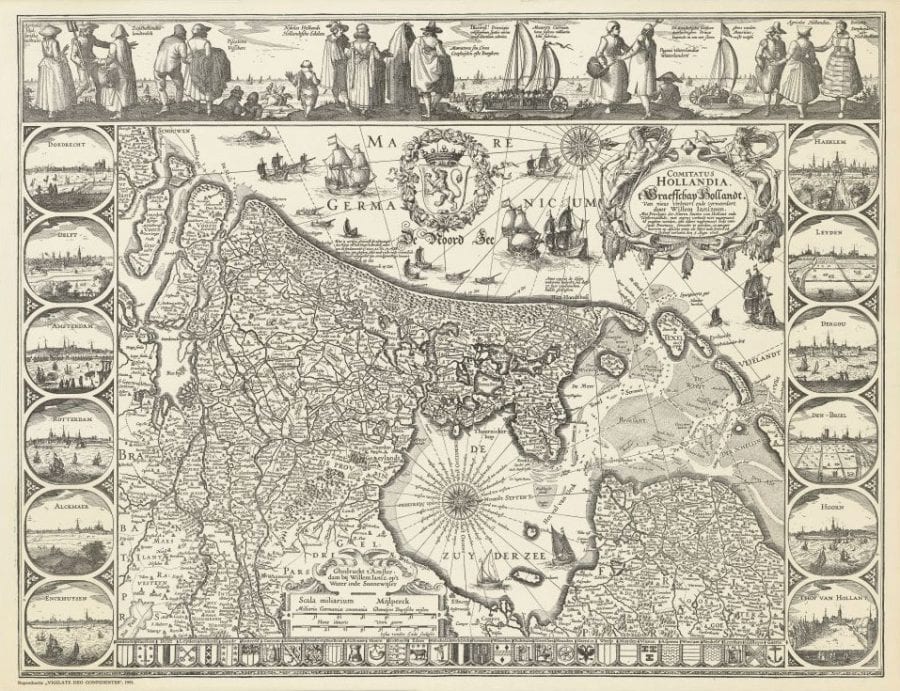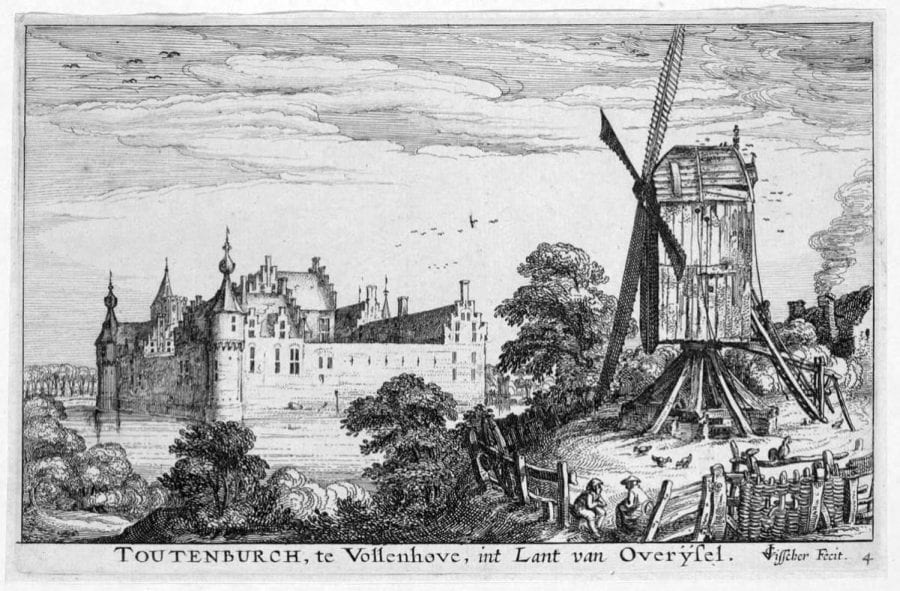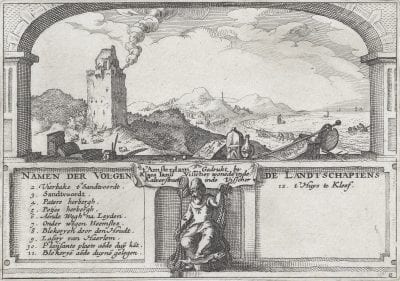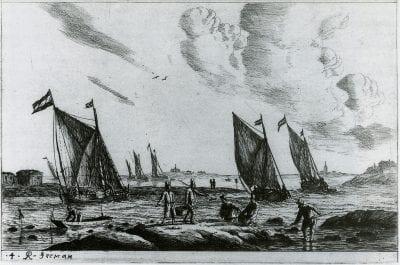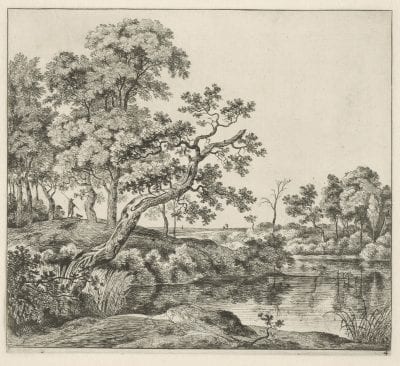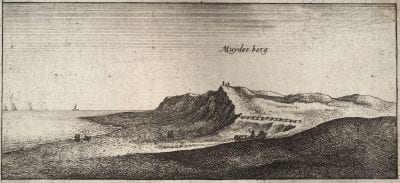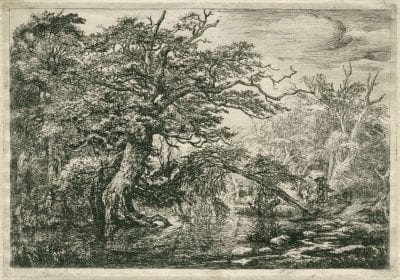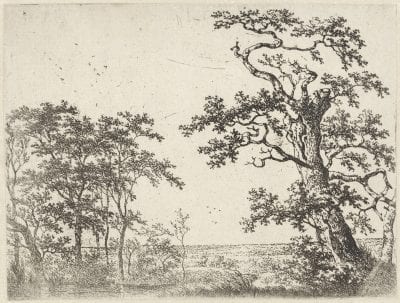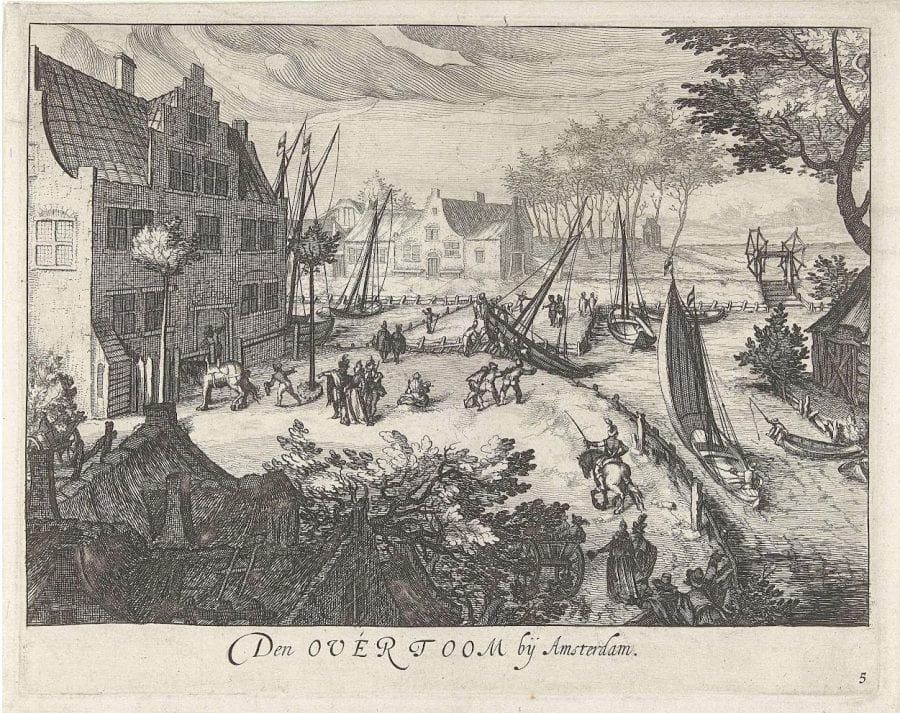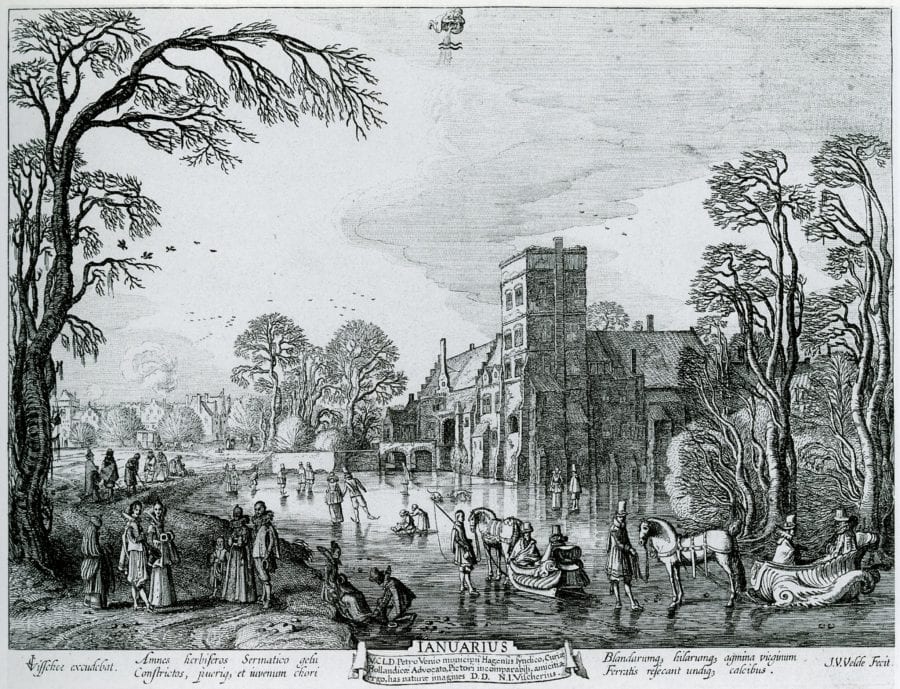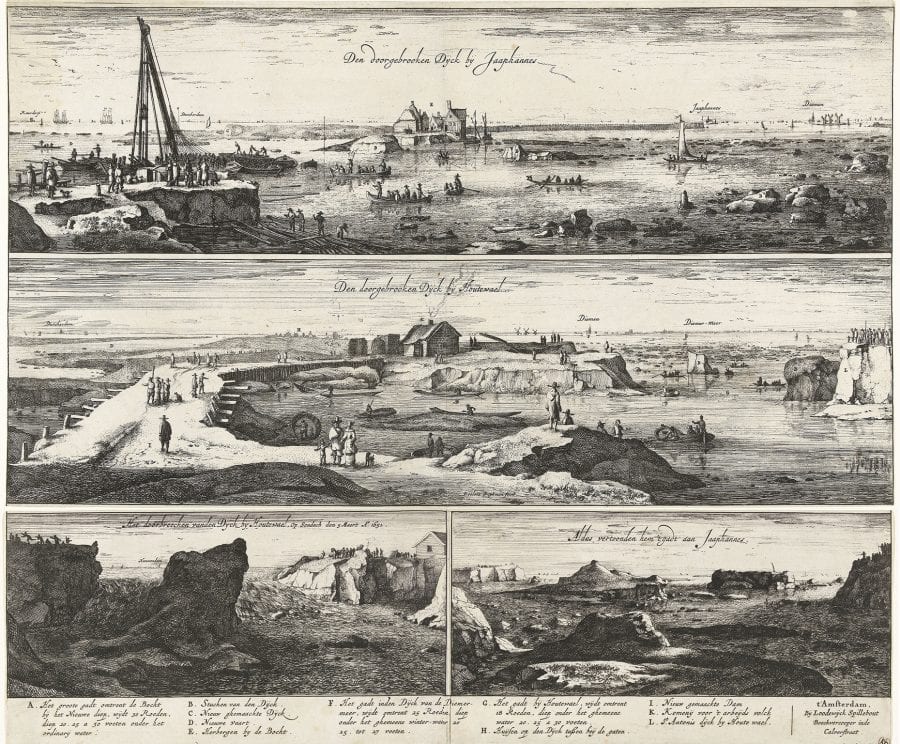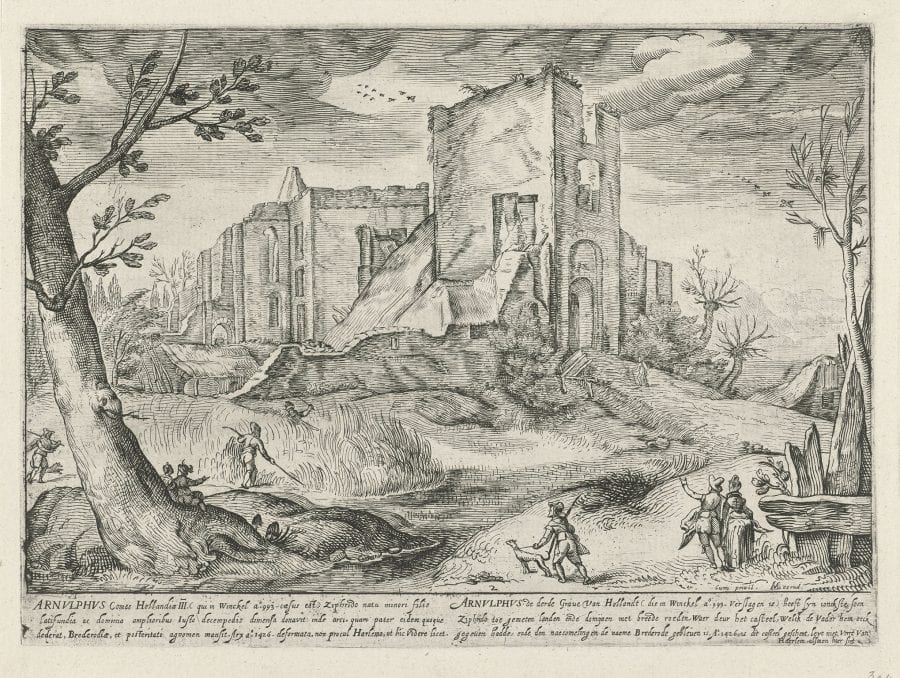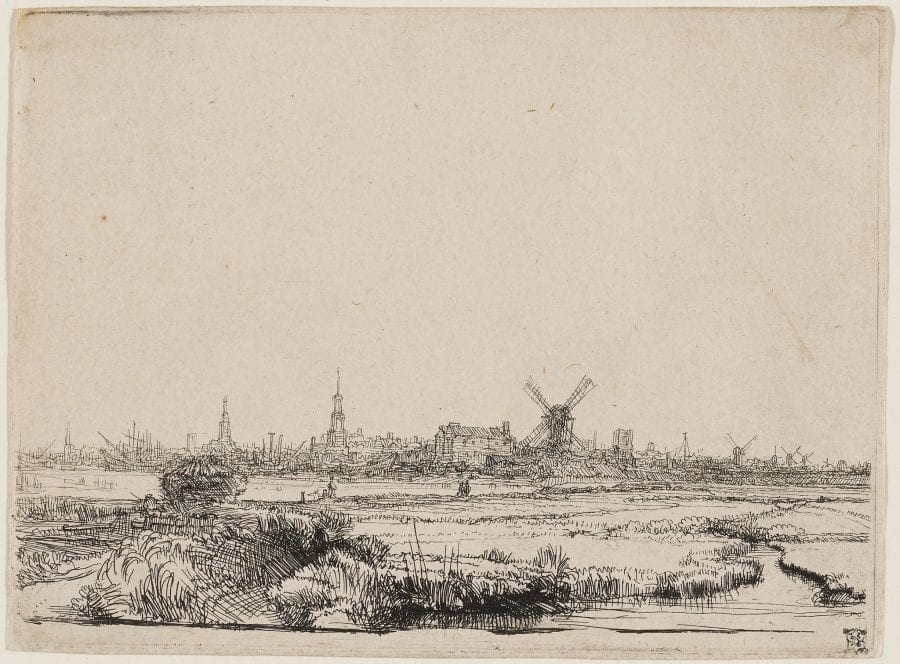Bakker, Boudewijn. “Kaarten, boeken, prenten: De topografische traditie in de Noordelijke Nederlanden.” In Opkomst en bloei van het Noordnederlandse stadsgezicht in de 17de eeuw/The Dutch Cityscape in the 17th Century and Its Sources, 66–75. Amsterdam: Amsterdams Historisch Museum/Toronto: Art Gallery of Ontario, 1977.
Bakker, Boudewijn. “Levenspelgrimage of vrome wandeling? Claesz Janszoon Visscher en zijn serie ‘Plaisante Plaetsen.’” Oud Holland 107, no. 1 (1993): 97–115. https://doi.org/10.1163/187501793X00135
Bakker, Boudewijn. “Schilderachtig: Discussions of a Seventeenth-Century Term and Concept.” Simiolus: Netherlands Quarterly for the History of Art 23, nos. 2/3 (1995): 147–62. https://doi.org/10.2307/3780826
Blaeu, Joan. Grooten atlas, oft wereltbeschrijving, in welcke ‘t aaertryck, de zee, en hemel, wordt vertoond en beschreven. Amsterdam: 1664.
Blunt, Anthony. Artistic Theory in Italy 1450–1600. Oxford: Oxford University Press, 1966. First published 1940.
Bruyn, J. “Op zoek naar een bijbelse interpretatie van zeventiende-eeuwse Nederlandse landschapsschilderijen.” In Onze meesters van het landschap. Amsterdam: Rijksmuseum, 1987.
Bruyne, Edgar de. Geschiedenis van de aesthetica: De Renaissance. Antwerp and Amsterdam: Philosophische bibliotheek, 1951.
Buijsen, Edwin. Tussen fantasie en werkelijkheid: 17de eeuwse hollandse landschapschilderkunt. Baarn: Stedelijk Museum De Lakenhal Leiden, 1993.
De Jongh, Eddy. “De iconologische benadering van de zeventiende-eeuwse Nederlandse schilderkunst.” In De gouden eeuw in perspectief: Het beeld van de Nederlandse zeventiende-eeuwse schilderkunst in later tijd, edited by Frans Grijzenhout and Henk van Veen, 299–329. Nijmegen and Heerlen: Open Universiteit, 1992.
De Jongh, Eddy. “Realisme en schijnrealisme in de Hollandse Schilderkunst van de zeventiende eeuw.” In Rembrandt en zijn tijd, 143–94. Brussels: Paleis voor Schone Kunsten, 1971.
Goeree,W. Inleydingh tot de practijck der al-gemeene schilder-kunst. Middelburg, 1670.
Harten, J. D. H. “Het landschap in beweging.” In Algemene geschiedenis der Nederlanden, edited by Dirk Peter Blok and Michel Cloet, vol. 5, 38–79. Haarlem: Fubula-Van Dishoeck, 1980.
Hollstein, F. W. H. Dutch and Flemish Etchings, Engravings, and Woodcuts, ca. 1450–1700. Amsterdam: M. Hertzberger, 1949.
Hoogewerff, G. F. Verbeelding en voorstelling: De ontwikkeling van het kunstbesef. Amsterdam: Wereldbibliotheek, 1938. Hoogstraten, Samuel van. Inleyding tot de Hooge School der Schilderkonst, anders de Zichtbaere Werelt. Rotterdam, 1678. Reprint 1969.
Huygens, Constantijn. De gedichten: Naar zijn handschrift. Groningen: J. A. Worp, 1892–99.
Klijn, Marc de. De invloed van het Calvinisme op de Noord-Nederlandse landschapschilderkunst 1570–1630. Apeldoorn: De Zwijgerstichting, 1982.
Mander, Karel van. Het Schilder-Boeck . . . Haarlem: Voor Paschier Van Westbusch, 1603–4.
Miedema, Hessel. Karel van Manders Leven der moderne, oft dees-tijtsche doorluchtighe Italiaensche schilders en hun bron. Alphen aan de Rijn: Canaletto, 1984.
Schlosser, Julius von. Die Kunstliteratur. Vienna: Kunstverlag Anton Schroll & Co., 1924. Reprint 1985.
Vries, Jan de. “The Dutch Rural Economy and the Landscape.” In Dutch Landscape: The Early Years, Haarlem and Amsterdam, 1590–1650, edited by Christopher Brown, 79–86. London: National Gallery, 1986.
Weststeijn, Thijs. The Visible World: Samuel van Hoogstraten’s Art Theory and the Legitimation of Painting in the Dutch Golden Age. Amsterdam: Amsterdam University Press, 2008.
